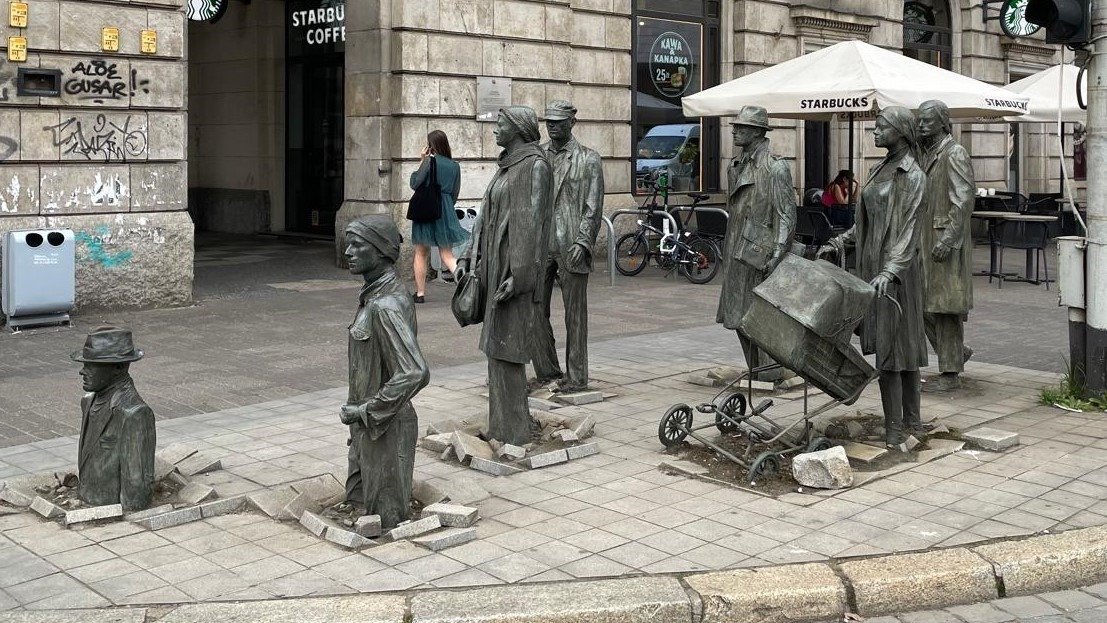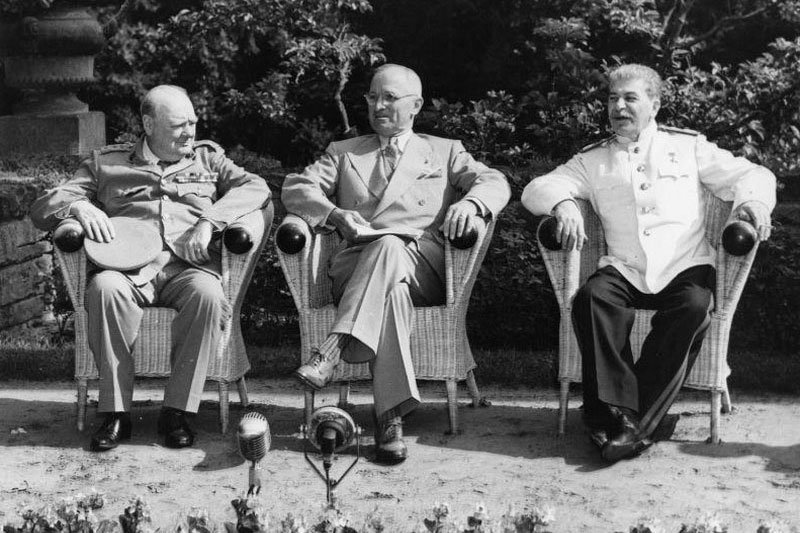
With this post we want to introduce you to part of the mysteries and hidden secrets of Potsdam from 1945 to 1990 and how that relates to the name “City of Spies” that Potsdam also receives. Potsdam lives not only on palaces and movies, but also its myths with spies and political conspiracies have gone down in history and now we want to tell you a little about all of it. How much of reality is there or how much of myth. Let’s find out!

We have already told you about the history of cinema and the shooting of many famous films made in Potsdam, especially in its Babelsberg Film Studios, hence the city is also known as “Hollywood of Europe”. Precisely the history of the spies that surrounds Potsdam is portrayed in the film “The Bridge of Spies”, which reproduces the first of the four spy exchanges that took place on the Glienicker Bridge.

As we have already told you (visit the post “5 historical events in Potsdam that you did not know”), in 1957 and after a long investigation, the FBI managed to capture the Soviet spy residing in New York, Rudolf Abel (actually born as Vílyam Guénrijovich Fisher), who was subsequently sentenced to 30 years in prison.
Despite his long sentence, the US government began a negotiation with the Soviet Union to carry out a prisoner exchange between this spy and two US citizens who were sentenced in Moscow (an Air Force pilot and an American student imprisoned in Berlin). East) that took place on February 10, 1962. The chosen place was the Glienicker Bridge, since it represented a natural border (by the Havel River) between the German Federal Republic (a satellite government of the United States) and the Democratic Republic German (Satellite Government of the Soviet Union) and, in addition, it was far from the public eye that represented the center of Berlin (and in particular the entire border of the Berlin Wall), so these prisoners were transferred to Berlin and Potsdam. The famous director Steven Spielberg had Tom Hanks and Mark Rylance (who won an Oscar for his performance as Abel) to portray this story, but it was not the only exchange of spies that took place on this bridge and that give it its famous title.
The next trade took place in April 1964, when Konon Molody was traded for Greville Wynne. Then, on June 12, 1985, the most massive exchange took place: 23 American agents arrested in Eastern Europe by the Polish agent Marian Zacharski and three other Soviet agents arrested in Western countries, which culminated after three years of negotiation. The last exchange was also the most public, on February 11, 1986, by the exhibition that represented the human rights activist and political prisoner Anatoly Sharansky (“Natan Shcharansky”), along with three Western agents, was exchanged for Karl Koecher and four other eastern agents.
But the name “City of Spies”, not only comes from these facts. We have to move to July and August 1945, when the Potsdam Conference took place (about which we have told you in the post “5 historical events in Potsdam that you did not know”) that marked the end of the Second World War and the beginning of the Cold War, especially in the city of Potsdam meant the installation of the communist or Soviet government and that later in 1949 would become the German Democratic Republic (GDR). Hence, then, the northern part of the city (close to the Glienicker Bridge as well) became the “Military City No. 7” or later the “Lost City of the KGB”.
In this area, there was the former boarding school for girls “Emperor Augusta Foundation”, which was transformed and replaced by the German Military Counterintelligence Headquarters of the KGB (Committee for State Security, by its initials in Russian), the famous police secret of the Soviet Union, which operated clandestinely in different sites and facilities in the Potsdam GDR. This headquarters was of great importance during the Cold War and, where they tried to counter Western espionage activities (on the other side of the Havel River, carried out by the German Federal Republic) and supervised their own military apparatus, hence important Soviet spies have passed through this area. From 1985 to 1990, Vladimir Putin worked as a KGB agent in the former GDR, he remained discreet and there are no further records of him from this time, but the collaboration of the KGB with the comrades of the Stasi (the Secret Police of the GDR) that took place mainly in Potsdam and hence the talk of the president’s discreet days in this area.

Initially sealed by a wooden fence this barracks, later a high concrete wall was built with wire de spikes and twelve watchtowers around the neighborhood. The place was guarded by about 350 soldiers from a KGB guard battalion. As the most remote micro-center of the city, there were grocery stores, clinics, a hotel, a library, officers’ clubs, and apartments for the approximately 150 families of officers, civilian employees, and guards.
Visiting this area today is a very strange experience, it is difficult to understand how the KGB worked in this area and many places are a surprise, since there are many passageways, rooms and secret spaces that we barely notice and discover, but that make us see how Spy operations were running in this area, which was active until 1994, when the last officials left the city for Moscow (even after the fall of the GDR in 1990!).
We hope once again to have surprised you with this post and to have piqued your curiosity to learn more about the events of the Cold War and how all the Soviet and German spies who entered this area arrived and stayed in this city. If you want to have a unique experience and discover everything about the city of Potsdam, do not hesitate to take one of our Free Walking Tours with us, we are waiting for you!

This is the second part of our article 20 fun facts about Germany (Part One).
In this article we tell you some of the most interesting facts about Christmas in Germany. Ready?
In this post we tell you about the best German music, different rhythms and it comes with a playlist included!